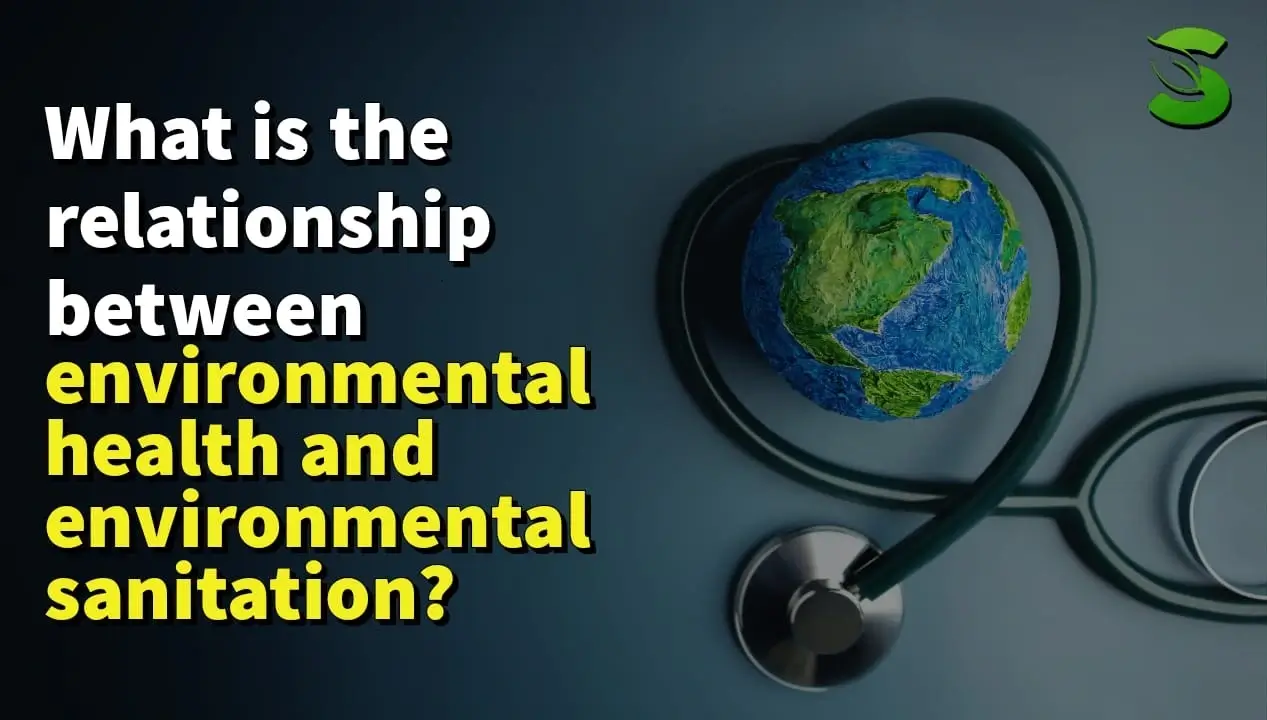Welcome back to our blog! Today, we delve into the intriguing relationship between environmental health and environmental sanitation. We often hear these terms thrown around, but do we truly understand the vital connection between them? Let’s embark on this enlightening journey together.
Understanding Environmental Health:
Environmental health encompasses the study of how our surroundings impact our well-being. It focuses on both natural and built environments, analyzing various factors such as air quality, water supply, waste management, and exposure to pollutants. The goal of environmental health is to promote the physical, mental, and social well-being of individuals, communities, and the planet as a whole.
Dissecting Environmental Sanitation:
On the other hand, environmental sanitation refers to the measures taken to ensure cleanliness and hygiene in our surroundings. It involves practices like waste disposal, proper sewage management, and maintaining clean water sources. By addressing these issues, environmental sanitation aims to prevent the spread of diseases, safeguarding public health.
The Interrelation:
Environmental health and environmental sanitation share a profound interdependence that significantly impacts our overall well-being. Let us explore some key aspects of their relationship:
- Disease Prevention:
Effective environmental sanitation plays a pivotal role in preventing the spread of infectious diseases. Proper waste management, safe drinking water, and adequate sanitation infrastructure are critical in reducing the transmission of pathogens. Without such measures, communities may be susceptible to waterborne diseases, such as cholera and typhoid fever, placing their health at risk.
- Clean Air Quality:
Air pollution poses a severe threat to both environmental health and environmental sanitation. Harmful emissions, whether from industrial sources or transportation, impact air quality, posing risks to human health. By implementing pollution control measures, proper waste management, and sustainable practices, we can mitigate the detrimental effects on our environment and safeguard our respiratory systems.
- Sustainable Development:
The relationship between environmental health and environmental sanitation also aligns with the broader concept of sustainable development. By implementing environmentally-friendly practices, such as recycling, conserving energy, and reducing water usage, we ensure the well-being of future generations. Adopting sustainable development practices contributes to both improved environmental health and effective environmental sanitation.
FAQs
Q: How does environmental health affect individuals?
Environmental health influences individuals by determining the quality of the air they breathe, the water they drink, and the safety of their surroundings. It can impact their physical health and overall well-being.
Q: What is the role of government regulations in environmental health and sanitation?
Government regulations play a crucial role in setting standards for environmental health and sanitation. They ensure that industries and individuals adhere to practices that protect public health and the environment.
Q: Can poor environmental sanitation lead to outbreaks of diseases?
Yes, poor environmental sanitation can lead to disease outbreaks. Inadequate waste management, contaminated water sources, and polluted air can create conditions conducive to the spread of diseases.
Q: How can individuals contribute to environmental health and sanitation?
Individuals can contribute by practicing responsible waste management, conserving water and energy, and supporting eco-friendly policies. Small actions can collectively make a big difference.
Q: What are some common environmental health hazards?
Common environmental health hazards include air pollution, water contamination, exposure to hazardous chemicals, and inadequate sanitation facilities.
Q: Is climate change related to environmental health?
Yes, climate change is closely related to environmental health. It can exacerbate existing health risks, such as heat-related illnesses, and lead to the spread of vector-borne diseases.
Conclusion:
In conclusion, environmental health and environmental sanitation share a symbiotic relationship, each influencing and supporting the other. As conscious inhabitants of this planet, it is essential that we prioritize sustainable practices, advocate for clean air and water, and invest in proper waste management. By doing so, we pave the way for a healthier future for ourselves and our planet.
Remember, our actions today shape the environment of tomorrow. Let’s join forces in promoting both environmental health and environmental sanitation, working towards a harmonious balance between human well-being and the ecosystem we call home. Together, we can make a significant difference.
Thank you for reading, and we hope to see you soon for our next informative blog post!







